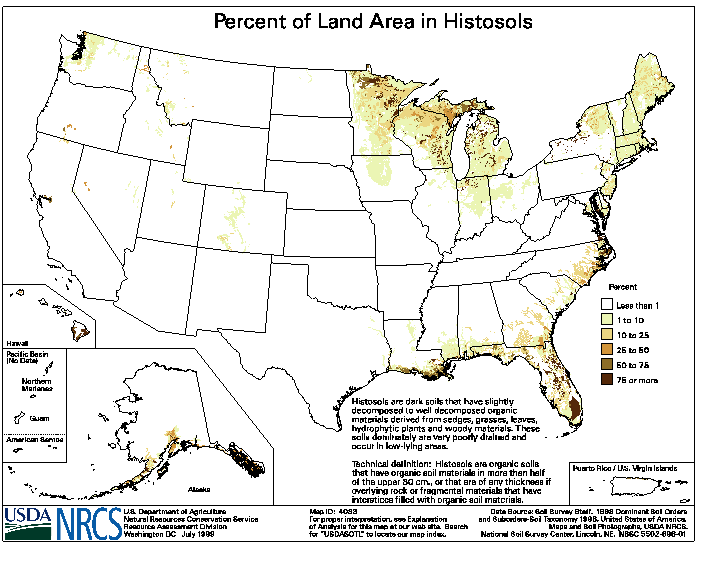biggreg
Member
Wanted to start a thread so we can learn from each other about soil tests for peaty, high organic matter, lightweight density soils, their interpretation and the differences between testing mineral soils vs. organic soils.
Organic soils or histosols are peat deposits. Usually forming in bogs or anywhere with poor drainage. The peats we use in our mixes are mined from these areas.
Peat bogs are also drained and with proper management, can produce high value crops. In the US, Michigan, Florida, North Caroilina and New York have substantial acerage of organic soil being put into agricultural production. These farms are also called muck farms. Whether in containers or in the ground, peaty, muck soils, organic soils, histosols, whatever you want to call them are different and have to be treated differently than mineral soils.
Let's find and understand the differences and the similarities.

Organic soils or histosols are peat deposits. Usually forming in bogs or anywhere with poor drainage. The peats we use in our mixes are mined from these areas.
Peat bogs are also drained and with proper management, can produce high value crops. In the US, Michigan, Florida, North Caroilina and New York have substantial acerage of organic soil being put into agricultural production. These farms are also called muck farms. Whether in containers or in the ground, peaty, muck soils, organic soils, histosols, whatever you want to call them are different and have to be treated differently than mineral soils.
Let's find and understand the differences and the similarities.


